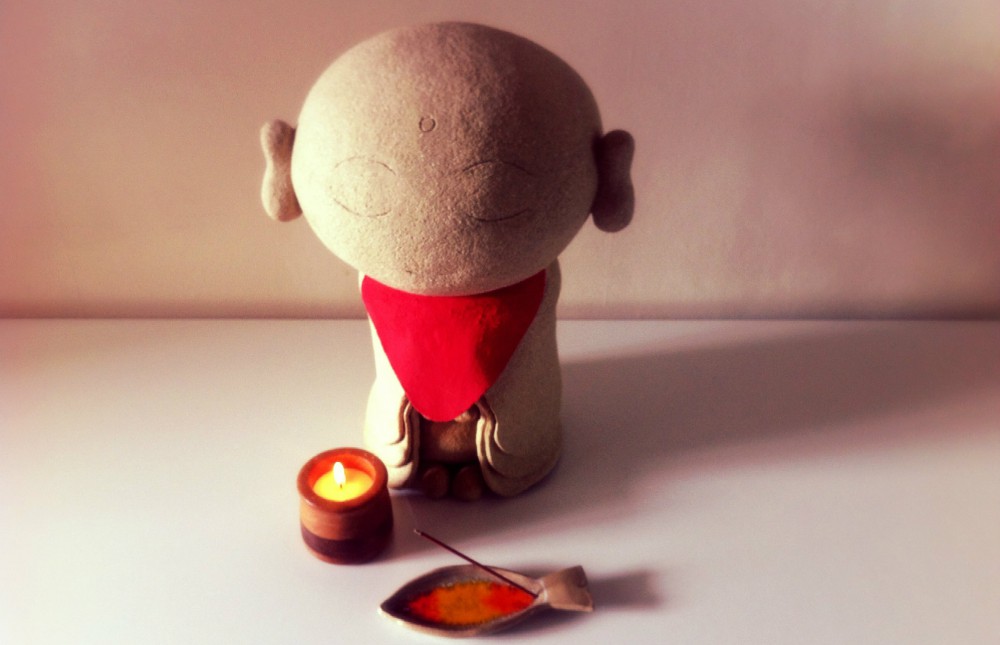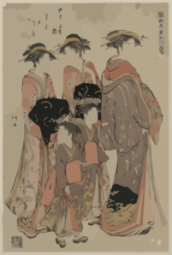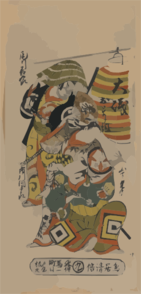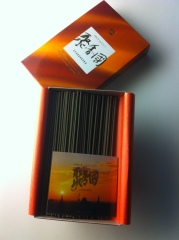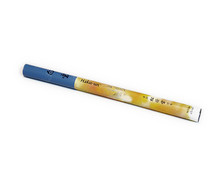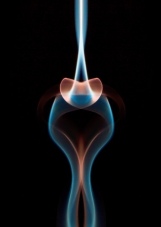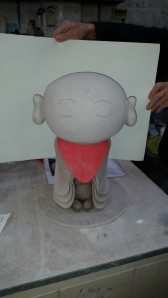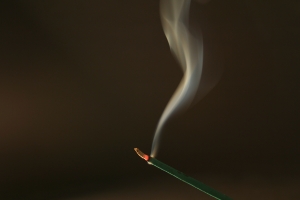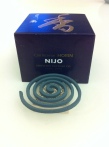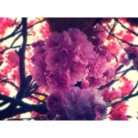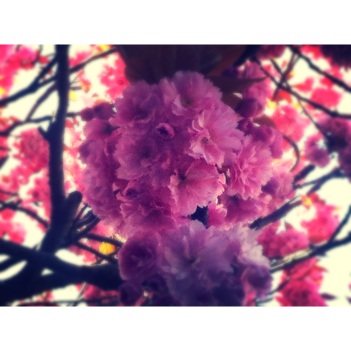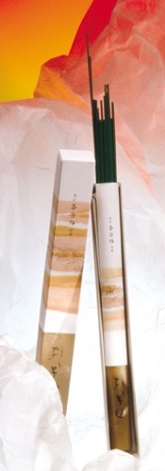I love Japanese incense and in particular the incense that Baieido make.My first introduction to Baieido was with their Kobunboku short sticks. I bought it as it had great reviews and it didn’t cost to much which suited . When I burnt it ,it delivered more than I was expecting. I was captivated with it’s sweet spicy earthy scent.I never had experienced an incense like this . This first experience with Baieido incense has lead me to be a great fan of their incense ranges.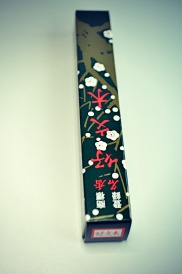
The considered process of making Baieido incense means it delivers an incense that is both beautiful,elegant and manages to be both complex and subtle at the same time.
http://olfactoryrescueservice.wordpress.com/ is possibly one the best informative incense blogs there is. They say about Baieidos’ Kobunboku range, ‘These are not incenses for stuffy noses and short attention spans, they reveal themselves more in introspective mode and as such are perfect fits for meditation, and are categorized both as incenses that are traditional and used for meditation.’
Baieido have a 12 stage process to making their incense ,which is:
1. An inspection of natural perfume takes place, to ensure the quality
2. The aloes and sandalwoods are milled and crushed together into a powder form.
3. The ingredients are now all blended together and made to tradition recipes.
4. The mixed materials are put through a sieve to remove any impurities.
5. The materials are kneaded to form a clay-like substance, called tama.
6. The tama is pressed to form stick shapes and are then laid on a tray and cut to a set length.
7. The incense sticks are dried out and any that aren’t straight are removed.
8. The sticks of incense are cut into different lengths.
9. The sticks are dried for several days in summer and ten days in winter.
10. The incense sticks are adjusted with a board, to help prevent them becoming bent.
11. Each individual incense stick is carefully inspected, then bound together with a fixed weight.
12. The sticks are checked again, before being packed up.
